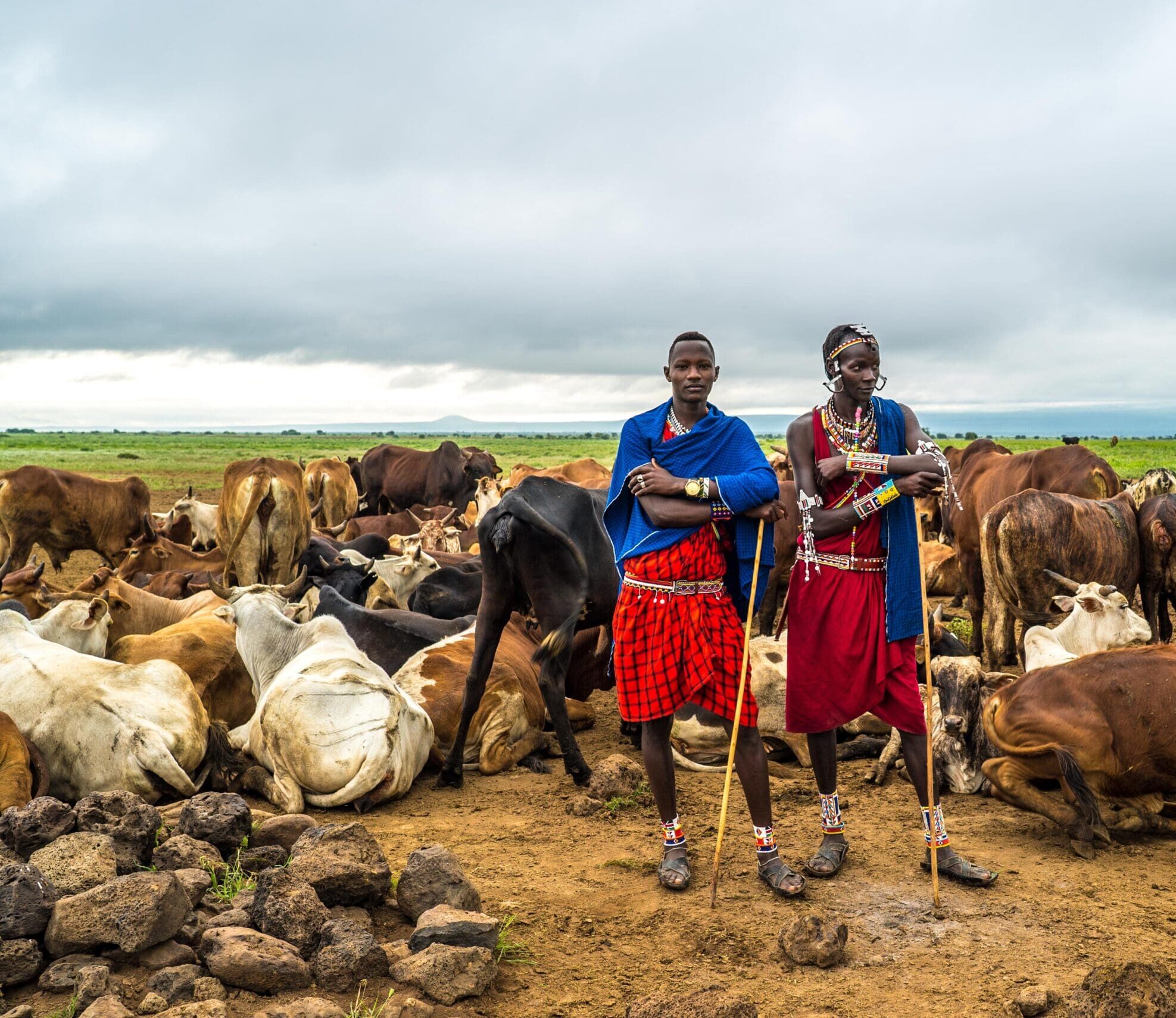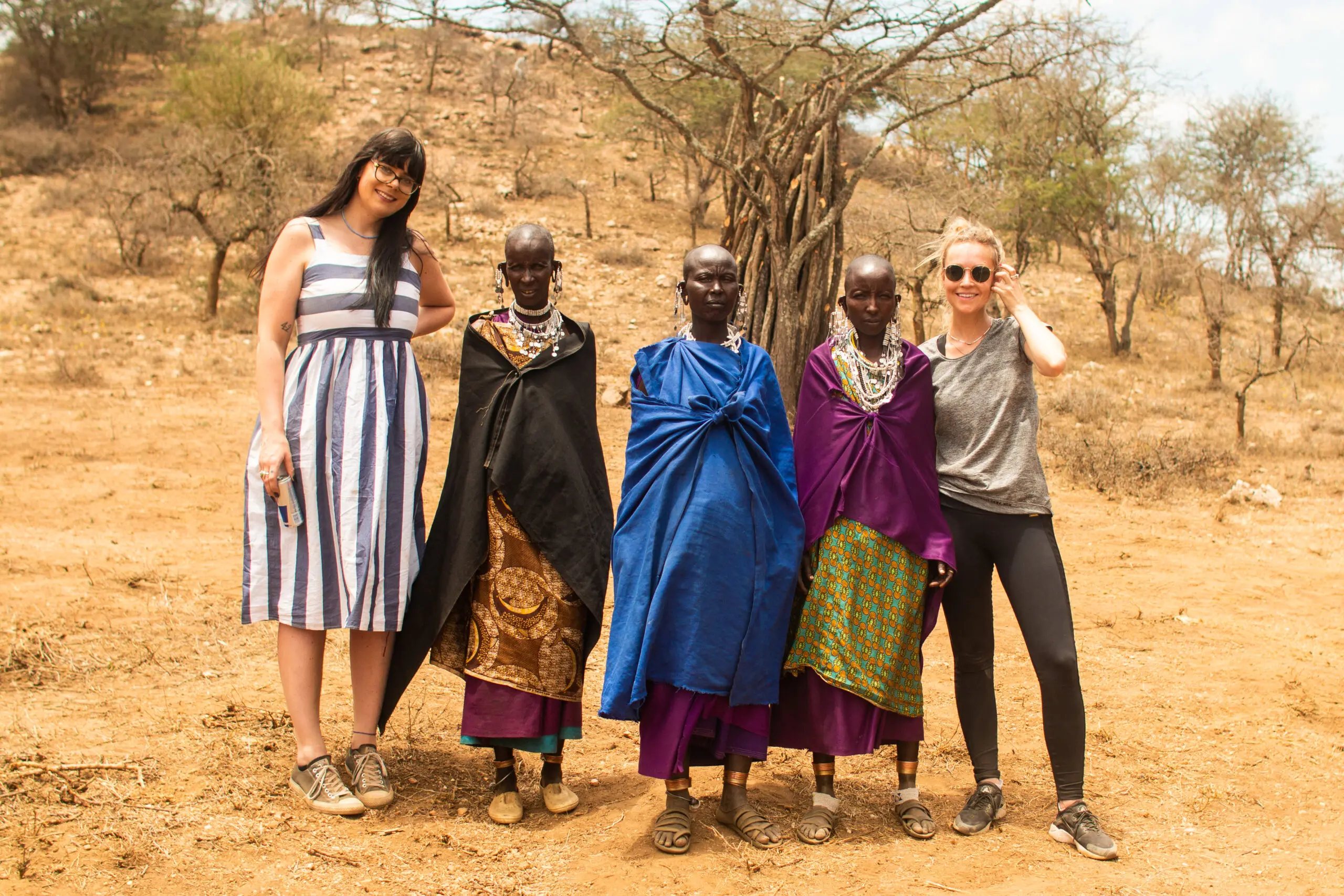Sacred Masai mountain Longido
At 2,637 metres, Longido is Tanzania’s underdog. It’s not the Kilimanjaro, but when it comes to off-the-beaten-track mountain climbing, Longido will give you a run for your money. Two days of climbing in rugged nature with the mountain all to yourself? Longido won’t disappoint.

Mount Longido: a mighty mountain in the heart of Masai land
When Charlie travelled from Kenya to Tanzania, he always saw a beautiful, green mountain on the left, with a small town at its base. There was very little information about this mountain on Google, and Google Satellite revealed little more than a green dot in an orange-brown savannah. Masai friends from Kenya were familiar with the mountain and told him that in the jungle of this mountain, elephants and buffaloes from Amboseli National Park could be found. His Masai friends consider the mountain sacred. And when you see it shining in all its glory, with a stunning Tanzanian sunset in the background, you start to understand why. But before you can recommend such an impressive hike to your travellers, you need to experience it yourself. So, said and done. Challenge accepted!
First, a bit more background information
Mount Longido is located, as mentioned, at the foot of the town of the same name, which has around 10,000 residents. Relatively small, then. In this part of Tanzania, various ethnic groups live, but the majority of the population around Longido is Masai. This is immediately apparent when you step into the town, as you’re almost constantly surrounded by men and women in colourful Masai clothing!
Longido may be small and peaceful, but it's full of life and sits right in the heart of Masai land. It’s definitely worth a (quick) visit, depending on how much time you have. Grab an ice-cold Kilimanjaro beer at a local bar, or buy a tasty chipsi mayai (omelette with fries) or samosa on the roadside! There’s no shortage of street food here.
Fun fact: Longido is also used as a pharmacy. For every ailment, there's a plant to be found on this mountain!

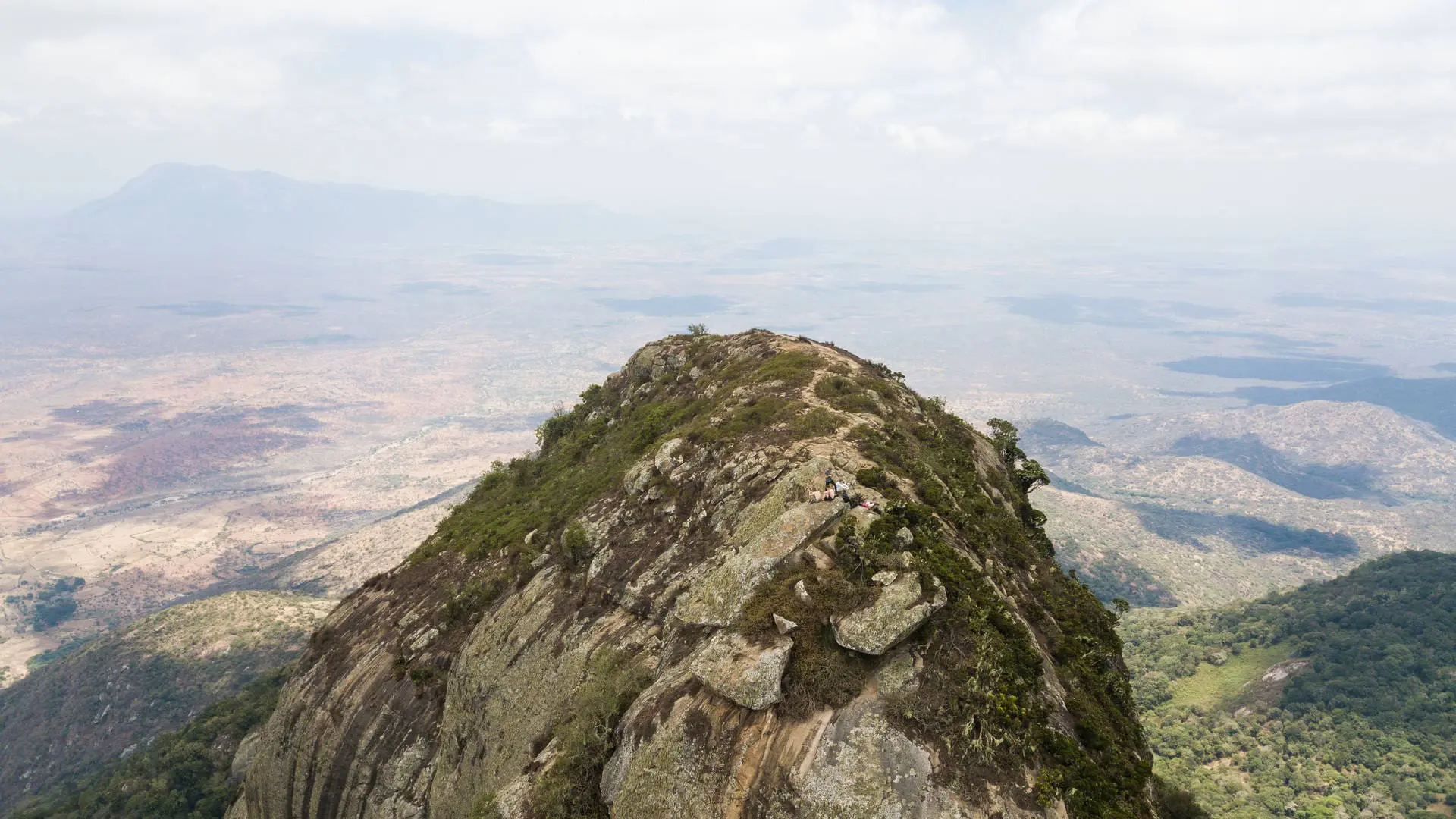
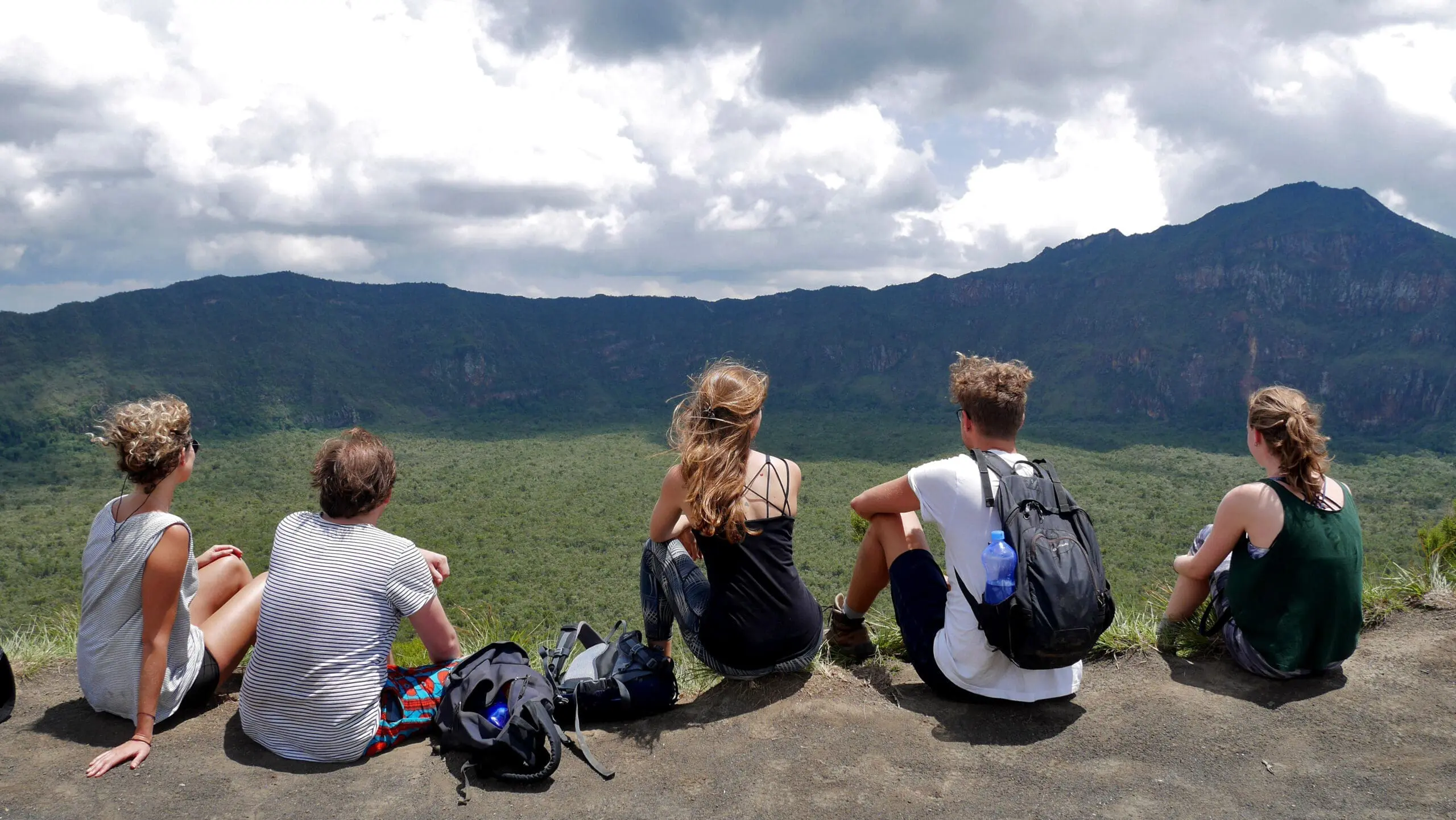
Water scarcity
Mount Longido is of great importance to the people in the surrounding areas, not least because they source their drinking water from here. In northern Tanzania, there is almost always a shortage of water, and the water that comes from Mount Longido is strictly distributed. First, the livestock – cows, goats, and sheep – get to drink. It might seem strange, but livestock is vital for the Masai: without their animals, they cannot survive. After the livestock, the nearby hospital gets its share, followed by government officials, and only then do the ‘ordinary’ villagers get their water.
The smaller sister of Kilimanjaro
Back to Mount Longido! There are no shortage of beautiful views here, and you’ll hardly encounter anyone on your way (while the nearby Kilimanjaro is becoming quite overcrowded). You can also take a more relaxed approach than if you decide to climb Kilimanjaro. However, appearances can be deceiving, as hiking Longido is a lot tougher than you might think at first glance! There are sections where you’ll have to climb steeply. But the views make it all worth it – as we discovered during our hike.
All those different ecosystems
What’s also special about Mount Longido is that, on this relatively small mountain, you pass through many different 'zones' of vegetation during just one hike. At the foot of the mountain, you’re in quite dry terrain, but this quickly changes to a forested area. Or, as Charlie poetically put it during our hike: “Fairy-tale forests where sunlight sparkles through the leaves.” So, a lovely forest.
After the wooded area, you reach a zone that’s also green but more reminiscent of a rainforest. Two different types of forest in a relatively small area – quite rare! You feel like you’ve entered a completely different world from the previous zone. Once you've worked your way through the rainforest-like forest, you reach the last zone, just above the tree line: a rocky area with the most beautiful views over the savannah.
From here, you can see the Enduimet Conservancy (which we highly recommend combining with Mount Longido), the Namanaga Border Crossing – the border between Kenya and Tanzania – is clearly visible, and don’t forget Mount Meru! If you’re lucky, it’s a really clear day, and you might even spot Kilimanjaro and Lake Natron in the distance.
Routes Mount Longido: the ultimate sense of achievement
And when you finally reach the top, having bonded with the people you’ve climbed with, and you stand atop that mighty Masai mountain, you’re overcome by the ultimate sense of victory. Look down! You’ve truly done it.
Two different routes
If you, like us, decide to climb Mount Longido, there are two routes to choose from. Option 1: you go up and down in one day, which takes at least seven hours at a normal pace. This is quite tough, and we really wouldn’t recommend it.
Option 2, which we highly recommend, is to climb via the back of the mountain over two days. On the first day, you camp somewhere halfway up the mountain with phenomenal views. Then, on the second day, you reach the summit, descend to the other side of the mountain, and end up in Longido Town.
But, between us, the views are just too beautiful to not want to enjoy them for two days. Plus, camping with a Masai on a mountain that no tourist climbs – how off the beaten track do you want it to get?!
The start of your hike
You start this hike just outside Longido Town. On the typical dusty, orange-red paths, you head towards the mountain. The best time for the hike is just after the rainy season (June, July, and August), when the surroundings are lush and the beautiful flowers brighten up your view! On the first day, you’ll walk for about three to four hours. When your legs start to feel heavier and you realise it’s because you’re beginning to ascend, you know: you’ve reached the mountain!
The next day is tougher... You start early in the morning, around seven o’clock, after having your instant coffee and perhaps a quick visit to the bush toilet. With your guide by your side, you set off and watch the landscapes around you transform. As you gaze at the unique views of moss-covered, fairy-tale trees shrouded in mysterious mist, you can easily get lost in thought, imagining yourself swinging through the jungle like Tarzan. You’ll be on the trail for about seven to eight hours in total, with four hours of ascent and about three hours of descent.
Summit in sight!
After a few hours of climbing, a night camping on the mountain, and the occasional 'photo break', you’ll step out of the forest. You might think you’re almost there, but be prepared to scramble up a bit more before you finally reach the rocky summit. Once you’re there, the view is nothing short of spectacular. On a clear day, you can spot the towering Kilimanjaro and Mount Meru in the distance. Take all the time you need for selfies – after all, there are no other tourists around!

Camping in the wild
The camping gear, food, and water for the next day are brought to your campsite by the Masai warriors from the area. The rest you carry yourself in a small backpack. The campsite is basic, but in return, you get a raw, authentic, off-the-beaten-track experience like no other!
Discover more of Tanzania
Or go through all our unique and authentic experiences
Tarangire National Park
The African sunset casting its glow over the diverse landscapes creates a mesmerising effect on the park. Tarangire is truly magical.

Mkomazi
Once inaccessible, this park is now within reach, offering visitors a chance to experience its spectacular wilderness.
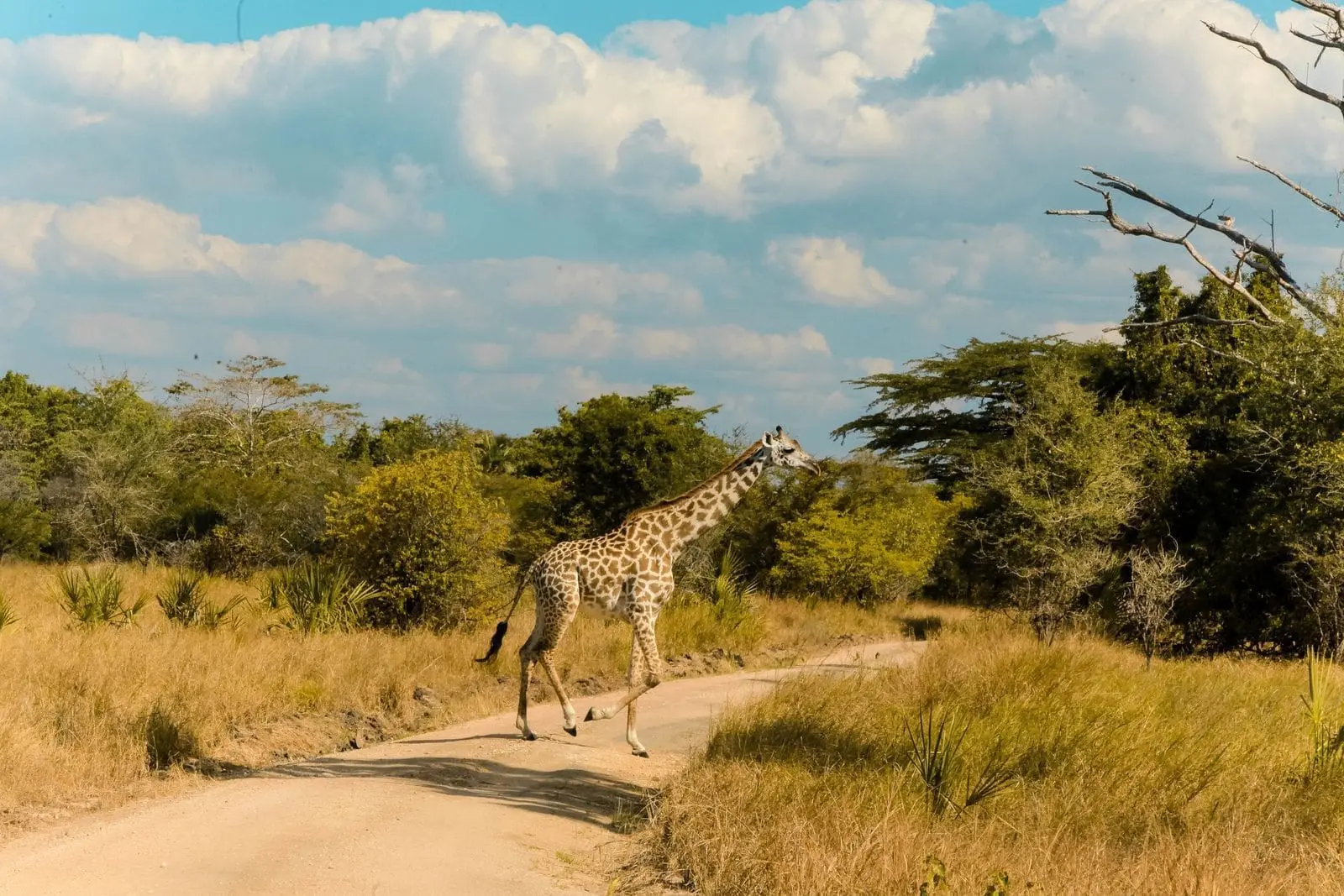
The wild north
With a thrilling motorbike safari as the highlight, you’ll discover the wilderness, meet the locals, and be enchanted by unspoilt beauty.
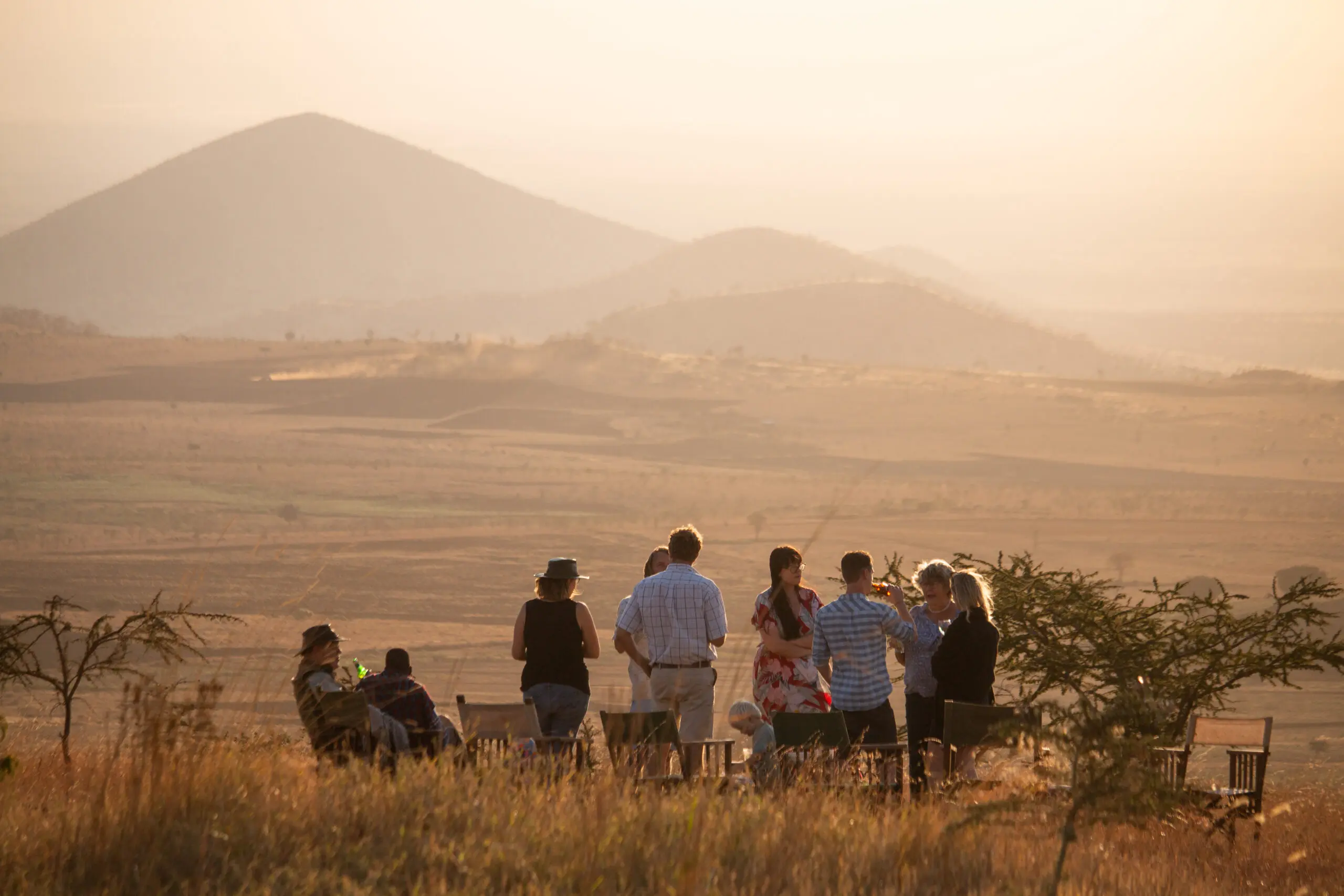

Need travel advice? Ask our Africa experts
Hungry for the unknown? Our Africa experts have answers to your pressing questions.
